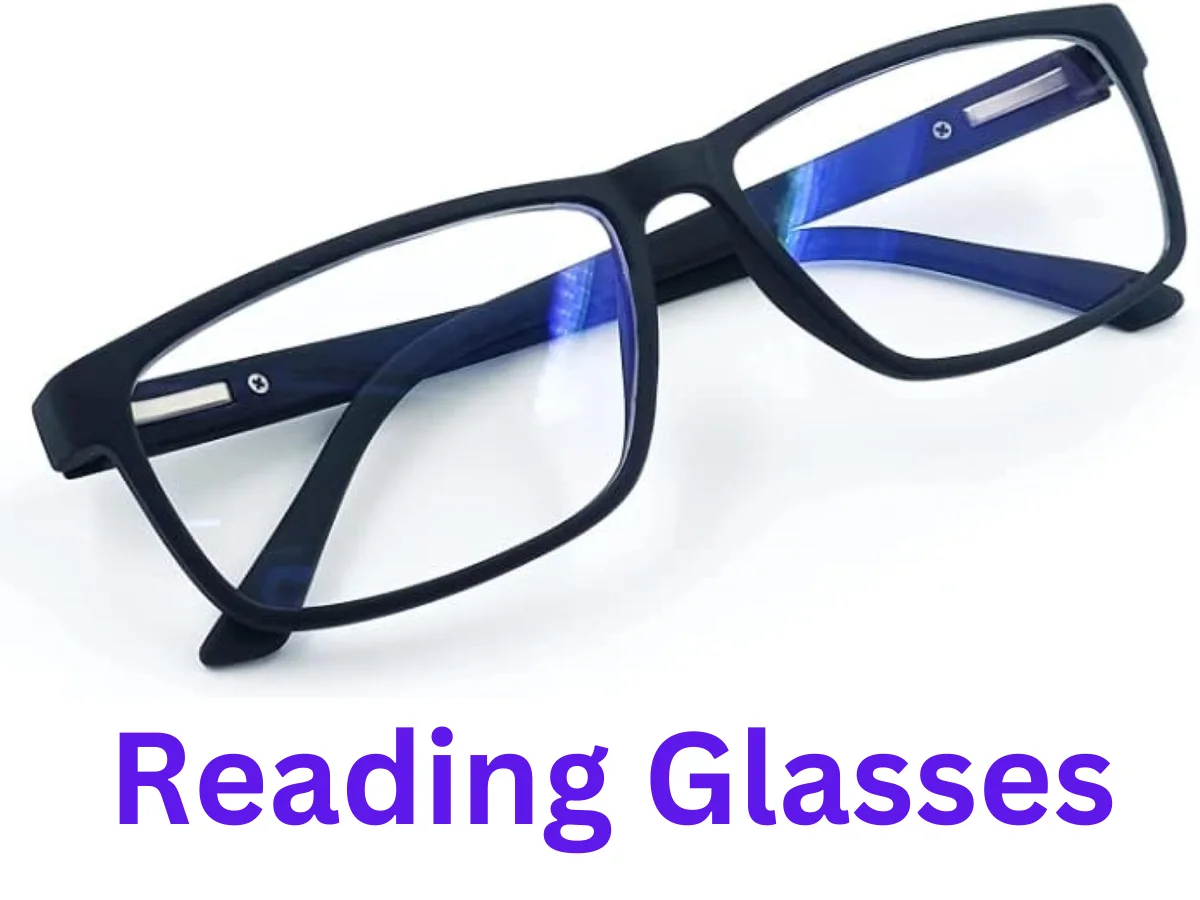When it comes to improving your vision for reading or close-up tasks, you have several options. Two popular choices are reading glasses and progressive lenses, each with its unique features and benefits. In this comprehensive guide, we will explore the key differences between these two eyewear options to help you make an informed decision.
Introduction
Both reading glasses and progressive lenses serve the purpose of improving near vision. However, they do so in distinct ways, catering to different preferences and needs. Understanding these differences is crucial for choosing the eyewear that suits you best.
Understanding Reading Glasses
2.1. How Reading Glasses Work
Reading glasses, also known as readers, have a single prescription strength across the entire lens. They are designed to magnify and clarify close-up objects, making them ideal for reading, crafting, or any task that requires a clear view of nearby objects.
2.2. Advantages of Reading Glasses
Reading glasses offer several advantages, including:
- Simplicity: They have a straightforward design with a single prescription.
- Affordability: Reading glasses are typically budget-friendly.
- Readily Available: They can be purchased over-the-counter without a prescription.
Understanding Progressive Lenses
3.1. How Progressive Lenses Work
Progressive lenses, on the other hand, are multifocal lenses that provide a seamless transition from distance to intermediate to near vision. Unlike reading glasses, they have no visible lines on the lenses and offer a more natural visual experience.
3.2. Advantages of Progressive Lenses
Progressive lenses provide several benefits, including:
- Multifocal Vision: They correct vision at various distances without the need to switch glasses.
- No Visible Lines: Progressive lenses have a seamless appearance.
- Convenience: Users don’t have to constantly switch between different pairs of glasses.
Key Differences Between Reading Glasses and Progressive Lenses
4.1. Design and Appearance
Reading glasses have a single prescription strength, resulting in a uniform lens appearance. In contrast, progressive lenses have a gradient of prescription strengths, allowing for a seamless progression from distance to near vision.
4.2. Field of Vision
Reading glasses offer clear vision for close-up tasks but have limited or blurry vision at intermediate and far distances. Progressive lenses provide clear vision at all distances, making them suitable for various activities.
4.3. Prescription Complexity
Reading glasses require a single prescription strength, making them easy to obtain. Progressive lenses, however, require a more complex prescription that considers multiple focal points.
4.4. Versatility
Progressive lenses are versatile and suitable for individuals with presbyopia who need clear vision at multiple distances. Reading glasses are more specialized and are primarily used for close-up tasks.
Choosing the Right Option for You
Choosing between reading glasses and progressive lenses depends on your vision needs and lifestyle. If you only require help with close-up tasks, reading glasses may suffice. However, if you need clear vision at various distances without constantly switching glasses, progressive lenses may be the better choice.
Conclusion
Understanding the difference between reading glasses and progressive lenses empowers you to make an informed decision about your eyewear. Whether you prefer the simplicity of readers or the multifocal benefits of progressive lenses, both options can enhance your near vision and overall visual comfort.
Frequently Asked Questions (FAQs)
7.1. Can I use reading glasses if I already have prescription glasses?
Yes, you can use reading glasses over your prescription glasses if you need additional magnification for close-up tasks.
7.2. How do I know if I need progressive lenses instead of reading glasses?
An eye examination by an optometrist or ophthalmologist can determine whether you need progressive lenses or reading glasses based on your vision prescription and lifestyle.
7.3. Are progressive lenses suitable for all age groups?
Progressive lenses are primarily designed for individuals with presbyopia, which typically occurs after the age of 40. However, they can benefit people of various age groups who require multifocal vision correction.
7.4. Do I need an eye exam to get reading glasses or progressive lenses?
While reading glasses can be purchased over the counter, it is recommended to have an eye exam to determine your precise prescription and ensure optimal vision correction with progressive lenses.
7.5. What is the cost difference between reading glasses and progressive lenses?
Reading glasses are generally more affordable than progressive lenses. However, the cost can vary depending on factors like frame quality and lens coatings for both types of eyewear. It’s best to consult with an eye care professional for pricing details.
Read More: https://www.rozyjos.com/
More Related:
Does Progressive Cover Moving Trucks: What You Need to Know
Does State Farm Car Insurance Cover Rental Trucks: What You Need to Know
How Long Will State Farm Pay for a Rental Car Insurance Claim: Your Guide
What Happens If I Pay My Progressive Car Insurance Late: A Complete Guide
How Long Does It Take for Prescription Glasses to Be Ready at LensCrafters?
Progressive Roadside Assistance Reviews: Your Roadside Companion
Switching Between Progressive Lenses and Single Vision: A Comprehensive Guide

